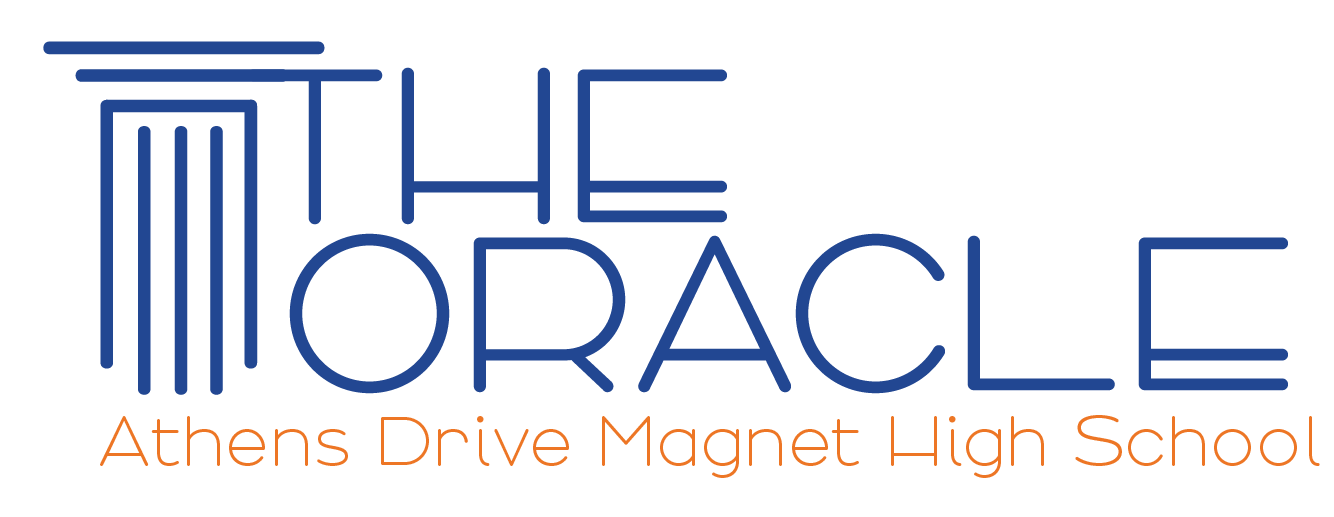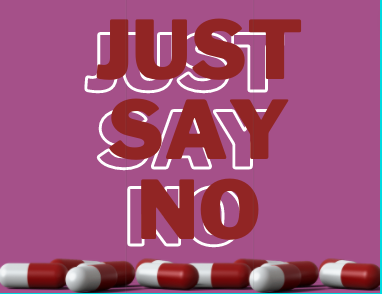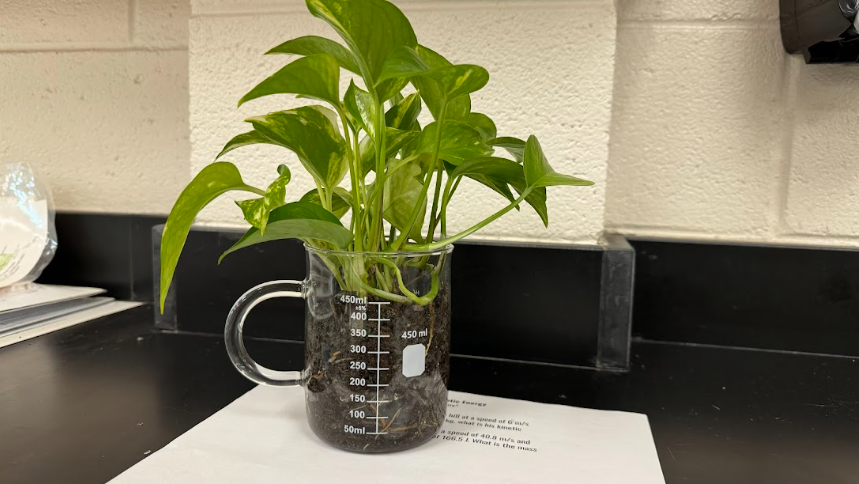Every year in health class, middle and high schoolers are subjected to the yearly teaching of drug abstinence. They show you the horrors of cigarette smoke on your lungs and LSD on your mental state. I’m sure you remember those same friends sitting next to you in 7th-grade health class while your teacher showed you diagrams of the brain after using the same drugs they’re using now. And yet, we all know someone who does drugs. One of our friends vapes in the bathroom or another steals a beer or two from their parent’s fridge every once in a while. What happened?
But what’s the problem? Teens are using drugs. Haven’t they always? Nothing seems like it’s changing. But, even though it feels insignificant, early drug use and abuse can lead to harder drug use later in their life. Many smoked drugs are also carcinogens, which means they can cause nose/throat or lung cancer.
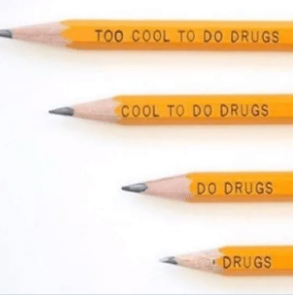
In 2020, the National Center for Drug Abuse Statistics (NCDAS) reported that teen drug use went up 61% from 2017. Not to mention, in 2022 they found that 62% of students had abused alcohol at some point in their lifetime and 50% of students had misused a drug at some point in their life. Overall, they have found that 1 in 8 students have misused an illicit substance at some point in the last year.
Teenage drug use is becoming an epidemic. 11.2% of all overdose deaths are of people aged 15 to 24 years old. This, of course, is preventable. Many teens who abuse drugs are from homes where others also abuse drugs or have many peers who pressure them into trying things. If we make drug access harder to be achieved for young people, the problem will be lessened. Another reason is because of the overprescription of drugs, specifically opioids, and how that supplies drugs to children. If we create education in schools that instead of teaching students where and how to acquire drugs, they might not be as motivated to start taking drugs.
In only one month’s time span, 2.08 million students aged 12 to 17 will report using any sort of drugs. People as young as 12 years old were using drugs. At age 12, they are in sixth or seventh grade and definitely have had some sort of drug abstinence class. What does this tell us? Well, among that statistic, 83.9% of those people had used marijuana. Marijuana has been directly and repeatedly linked to reduced cognitive dysfunction before or as they reach adulthood, including a reduction in IQ. These sorts of facts aren’t taught in drug abstinence classes. These students maybe see a few diagrams of cigarette damage and a non-comprehensive list of basic drug side effects. Often, many long-term effects are not shared. The students perceive them as “not being that bad”, and don’t understand the true risks.
Another downfall is the classroom setting. Many students hear that they’ll be “learning about drugs again” and immediately check out of the conversation. Many students just do not enjoy an adult lecturing them about all of the bad things that could happen if they take drugs. If the unit was made into something where the students did some research themselves, then they would be able to explore some of the facts themselves. In the current place, students simply do not care what their teachers are saying about the so-called “danger of drugs.”
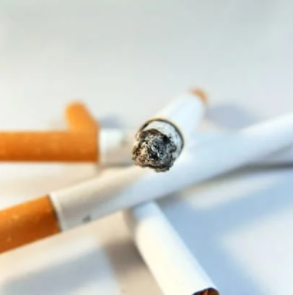
A survey by AmericanAddictionCenters.org found that 52 percent of the people surveyed stated that their drug education class did little to no effect on their decision to use drugs or not. If the class was less focused on “these are all of the names for this drug, this is exactly how to administer it, don’t do it”, then I believe that there would be less interest and fewer reported uses of drugs in underage people.
The current teaching for drug abstinence is less than ideal. But, if we work towards a more engaging class with more focus on why students shouldn’t do drugs, rather than basic facts about the drugs and their effects, the class could have a greater effect on students, and help stop the drug addiction epidemic.
